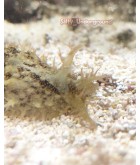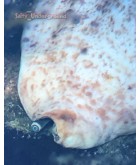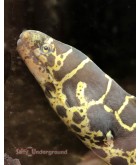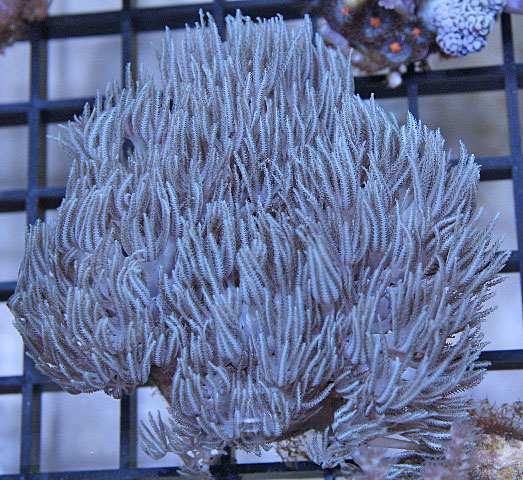
Common names for Xenia coral are Pulse coral and Pom Pom coral. It is a fascinating soft coral because of its pulsing polyps and the speed of Xenia corals growth. Pulsing is the opening and closing of the polyps which can only close and not retract. The pulsing also action adds motion in the aquarium, especially when they are in large groups which look like a field of pulsating flowers. There are many species of Xenia corals that aquarist can easily propagate with colors such as white, pink, brown and cream. Xenia corals also range in size from a couple inches to ten inches tall with large branches.
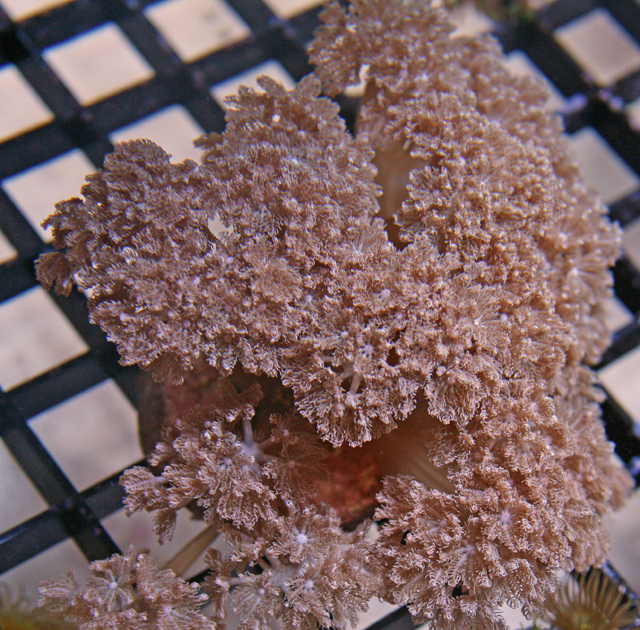
Xenia corals are one of the first corals to colonize a new reef. They have the ability to detach from the substrate and attach in a way that allows them to move ot a completely new location. Xenia coral also tend to move higher in the home aquarium until they have reached the top of the water or have run out of surface in which to climb. Xenia corals also tend to grow better in aquariums that are lightly skimmed or not at all. This is due to their use of dissolved nutrients in the aquarium. Although it is currently unknown why Xenia corals pulse, I have had Xenia corals pulse extremely fast but not grown in one aquarium with low nutrients and grow really fast but not pulse as fast in another aquarium with not using a skimmer.
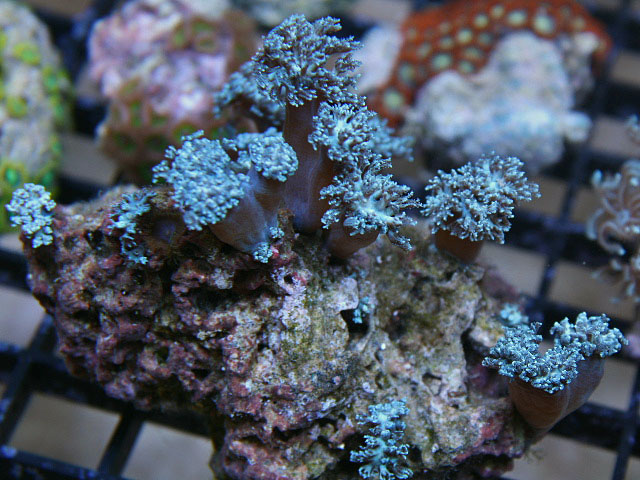
Lighting is a very important factor with Xenia corals. Even though they get some of what the need form dissolved nutrients in the aquarium, Xenia corals get most of their nutrients form photosynthesis in the zooanthellae. Due to this, Xenia prefer to be place in bright light and if placed low in the aquarium or if lighting is not strong enough the coral will not grow if not die.
Xenia coral also have a reputation for crashing for unknown reasons. This tends to happen more when there are large colonie of Xenia in an aquarium. When a colony looks sick it is best to remove it so as not to contaminate the other Xenia. There are a couple signs of trouble with Xenia elongata to watch out for that I have learned over time. One is when a colony gets a tinge of yellow to it and the other is when it turns dark brown and shrinks down I immediately remove those colonies. In doing this I have not had any big crashes of Xenia elongata corals.
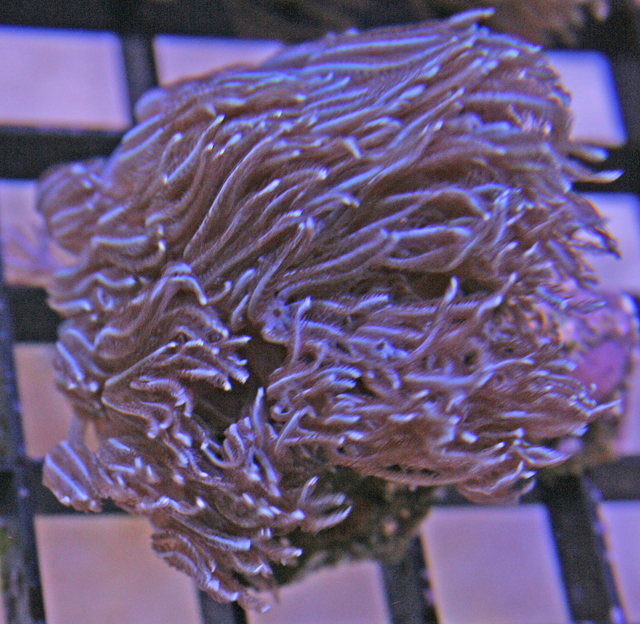
Other corals can also stress Xenia by stinging them and by chemical warfare form other soft corals placed too close. When a Xenia colony crashes it can impact just that species of Xenia without impacting other species of Xenia coral if the dying corals are removed quickly instead of trying to save them. Once a large Xenia crash happens in a closed system it is not advisable to reintroduce Xenia in that aquarium. Frequently the new Xenia colonies will also crash even months after the former Xenia colonies have been gone.
In conclusion, Xenia sp. is an interesting and fast growing coral that is great for any level of aquarist. Please see this article for more information on the whole family of Pulse Corals.


